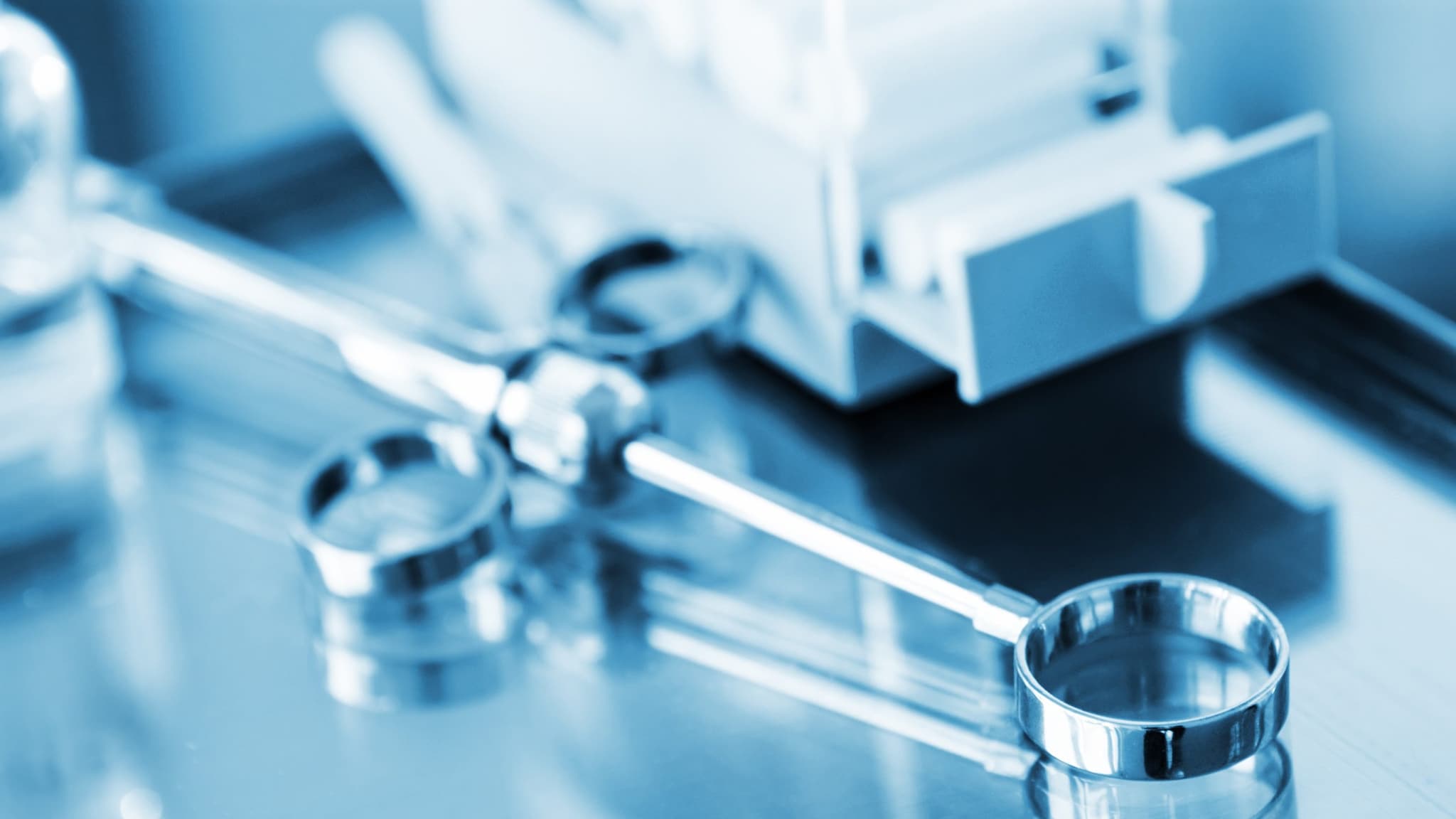Key points
- Safe handling of medication and fluid infusion systems prevents healthcare-associated infections among patients.
- Health care workers should understand and follow recommended infection control practices through training and institutional policies.

Why it matters
Cases of disease transmission following improper administration of injectable medications have been reported in medical and dental settings.
It is critical that dental health care personnel always follow safe injection practices when preparing and administering injectable medication.
Background
Safe injection practices are a set of measures intended to prevent transmission of infectious diseases between one patient and another, or between a patient and dental health care personnel, during preparation and administration of injectable medications, such as through intravenous or intramuscular routes.
Dental health care personnel most often handle injectable (also called parenteral) medications when administering local anesthesia.
Safe injection practices are a formal element of Standard Precautions.
Recommendations
When using a dental cartridge syringe, needles and anesthetic cartridges are considered single-use disposable items and should be used for one patient only and then discarded. The metal dental cartridge syringe is a reusable item and should be cleaned and heat sterilized between patients.
Visit CDC's Injection Safety for more information about the range of activities aimed at improving injection safety.
Full recommendations on safe injection practices can be found on pages 31–32 of the Guidelines for Infection Control in Dental Health-Care Settings—2003 and CDC's Summary of Infection Prevention Practices in Dental Settings: Basic Expectations for Safe Care.
Did you know?
Dental anesthetic carpules
Dental health care personnel commonly administer local anesthesia using cartridges of local anesthetic. CDC does not provide a specific recommendation on whether to disinfect the rubber diaphragm on an anesthetic cartridge with alcohol before piercing.
Some manufacturers of dental anesthetic cartridges may advise this practice; in such instances, dental health care personnel should follow the manufacturer's instructions for disinfection.
- Basic Expectations for Safe Care Training Module 6 – Safe Injection Practices. Centers for Disease Control and Prevention. Accessed December 19, 2023. https://www.cdc.gov/dental-infection-control/hcp/safe-care-training-modules/index.html
- Summary of Infection Prevention Practices in Dental Settings: Basic Expectations for Safe Care. Centers for Disease Control and Prevention. Accessed February 13, 2024. https://www.cdc.gov/dental-infection-control/hcp/summary/index.html
- Kohn WG, Collins AS, Cleveland JL, et al. Guidelines for infection control in dental health-care settings—2003. MMWR Recomm Rep. 2003; 52(RR-17);1–61.
- Injection Safety. Centers for Disease Control and Prevention. Accessed February 13, 2024. https://www.cdc.gov/injectionsafety/about/index.html
- Siegel JD, Rhinehart E, Jackson M, Chiarello L, and the Healthcare Infection Control Practices Advisory Committee. 2007 Guideline for isolation precautions: preventing transmission of infectious agents in healthcare settings 2007:1–219. Accessed February 13, 2024. https://www.cdc.gov/infection-control/hcp/isolation-precautions/.
